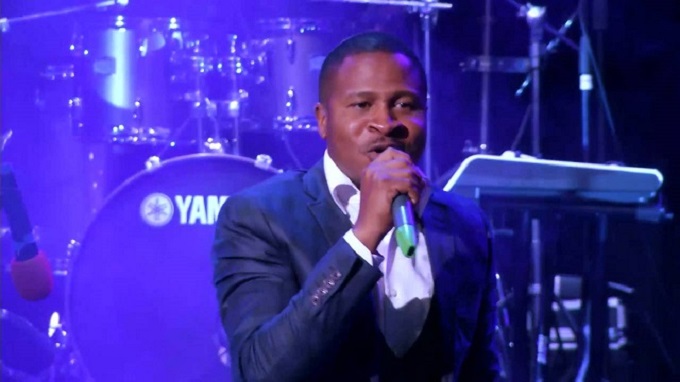Dan Namingha: Fusing traditions with futurism
American artist of Tewa-Hopi origins.
He was invited by the Zimbabwe National Gallery in 1993, to be one of five artists from around the world to judge the works of art for the Zimbabwe Heritage Contemporary Exhibition (1993).
When this writer first met the artist in 1992, in Santa Fe, New Mexico, US, there was no mistaking the aura of the artist, highly distinguished in his community, and in the main US and European art circles.
The following year (1993), on my recommendation, he was invited to Zimbabwe as a judge. Since then our friendship has grown. Still etched in my mind is the deep reverence he retains for his indigenous roots and those of other indigenous peoples.
He also spoke lucidly about the similarities between indigenous Zimbabwean Shona culture and totemic traditions and that of his native Tewa-Hopi culture.
During a recent cyber interview we discussed his work and progress. The artist said:
“I try to condense images from m y native cultural ceremonies and Tewa-Hopi heritage into simple forms, the way a poet will take traditional words and break them up and abstract them to create poetry.”
Namingha sees painting as a symbolic language comparable to music and mathematics.
There is certainly a deep link between poetry, music and painting – the proportions of time, the geometry of rhythms and the divisions of spaces are all elements present in art. The sensuous entity that a painting becomes ensues from the special adjustments of these elements.
He also uses music in his paintings and it is interesting to note that in his spare time, the artist is a session jazz and blues guitarist for various bands at Evangelo’s and the Catamount Clubs in downtown Santa Fe, New Mexico.
The versatile artist received an arts scholarship to attend art school in 1967, at the University of Kansas.
His works are exhibited by over 30 major art institutions world wide, including Fogg Art Museum of Harvard University, the Heard Museum, The Palm Desert Museum, the New Mexico State Capitol Art Foundation and the British Royal collection in London, amongst some of the collections.
Recently NASA, USA, invited him to witness a space shuttle launch and they commissioned him to create several works of art for their prestigious NASA Art Collection.
He is also the recipient of many awards including the Harvard Foundation Award for his contribution to American art and the New Mexico Governor’s Award for Excellence and Achievement in the art. He has been the subject of an Emmy Award-winning documentary on famous American artists.
He concluded during the interview:
“I am currently mashing a lot of things together, formal concepts of modern art and composition, combined with personal ideas, thoughts and glimpses of the symbolism associated with my indigenous culture.
Amongst other objectives, I hope to convey a reverence for my native world and a respect for native cultures and sensibilities elsewhere.”
His work and philosophy should serve as an inspiration for young contemporary Zimbabwean artists in order to keep our own indigenous cultural heritage alive in the visual arts.








Comments